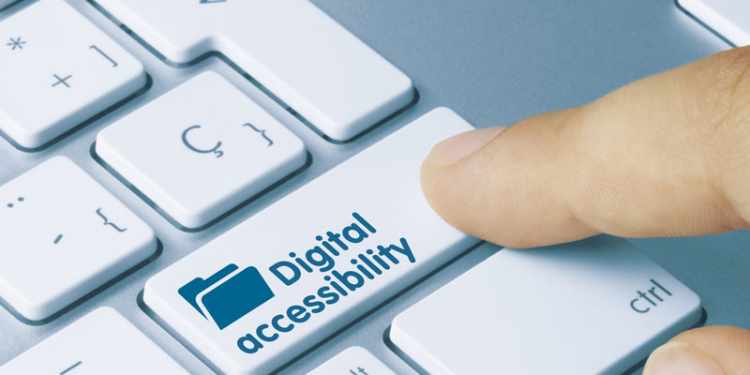In today’s world, more and more companies are turning to digital accessibility to boost their brands.
This includes sales and marketing, where companies can use digital accessibility to reach customers on their devices with ease. Digital advertising allows for a little bit of creativity in projects because there is a cross-platform focus on different ways to optimize content for each device.
What exactly is accessibility?
Digital accessibility refers to making the Internet easily available to everyone in the world. It is a catch-all term that encompasses several other types of accessibility, including compatibility, enhancements, and alternatives. You can achieve digital accessibility through different technologies, including text-to-speech software, screen readers (which are programs that read information aloud), or various software applications for tablets and smartphones.
What does digital accessibility have to do with branding?
Companies that use digital accessibility in their projects can reach out to and engage those otherwise excluded from the Internet. They can also allow everyone to access the same content in ways that are convenient to them. This means that special needs consumers, such as those with disabilities, will have an easier time engaging your brand.
How to make your content accessible
There are several ways to make your content accessible
1. Digital branding
Digital branding is the core concept behind digital accessibility. It is often thought of as logos that are large enough to be seen from a distance. It also includes things like fonts, images, and navigation menus. In the case of websites, these should be readable on any device. WCAG compliance checker is an example of a tool that can help brand owners become compliant with WCAG. It is free and can be used to test websites for WCAG compliance.
2. Mobile-friendly websites
Mobile-friendly websites are a crucial component of making content accessible to people with special needs. People do not leave their homes without their cell phones these days, and it is important to ensure that they can also access your content from their mobile devices. The best way to ensure this is to make sure your websites are mobile-friendly.
3. Digital accessibility training
Companies should create videos or digital content that covers the basics of digital accessibility. These pieces of content should contain tutorials for people with special needs and explanations about how to fix common problems. The tutorials should cover things like:
- How to read web pages
- How to use a screen reader or text-to-speech software
- How to use a screen magnifier
- How to zoom
- How to get a narrator for digital content that is not designed for this type of accessibility
4. Digital events
Events are a great way to promote digital accessibility, especially for companies that provide services like accessibility software. Events allow people with disabilities to come together in a friendly environment and build relationships with each other. This can also be an opportunity for the company behind the event to make a real difference.
5. Accessibility software
Accessibility software is another important way to boost the accessibility of your brand in today’s world. These types of software can help with issues ranging from visual impairment to hearing loss. The software can also allow individuals to compensate for their disabilities so that they will not be excluded.
6. Accessibility headway
There is a lot of progress that is being made in digital accessibility, but there is still a lot of work to do. The five steps outlined above will allow you to set the groundwork for success in your project.
Conclusion
Digital accessibility is a crucial part of the digital branding and marketing process. It is important to make content accessible to individuals with disabilities and for everyone else to enjoy your brand. This includes businesses that are not directly involved in advertisements but do use software that is designed for accessibility.


